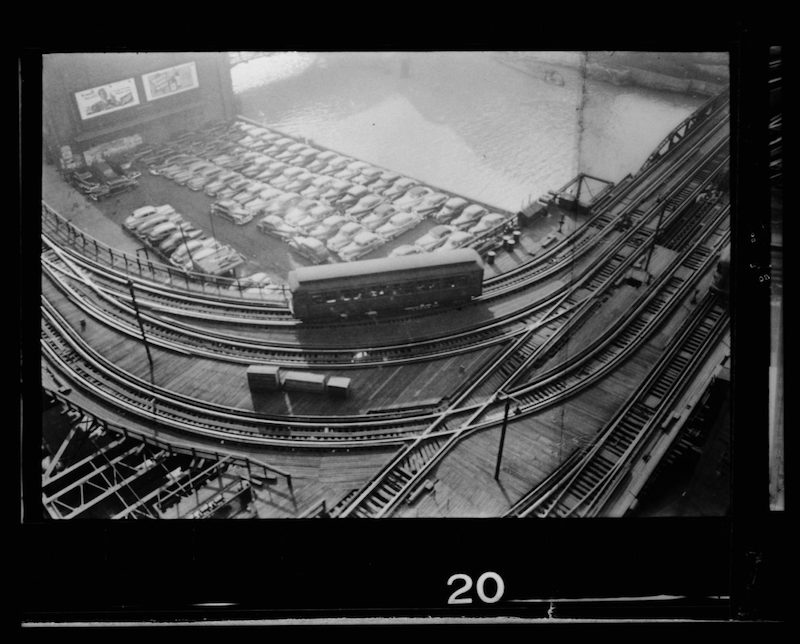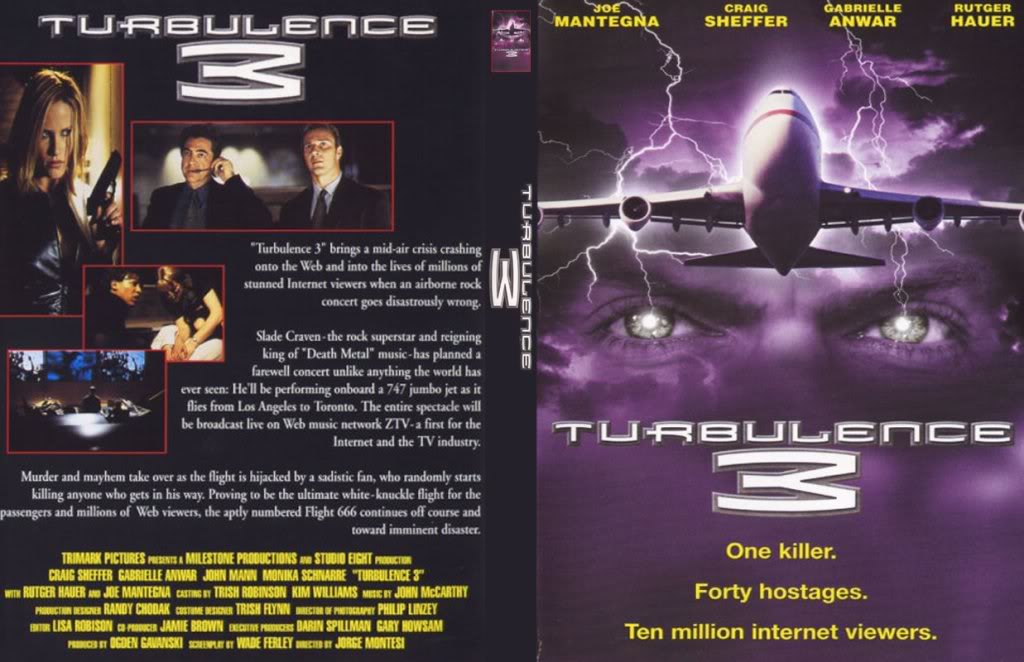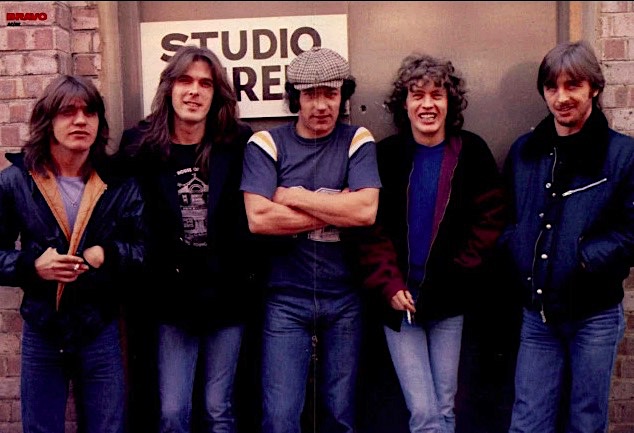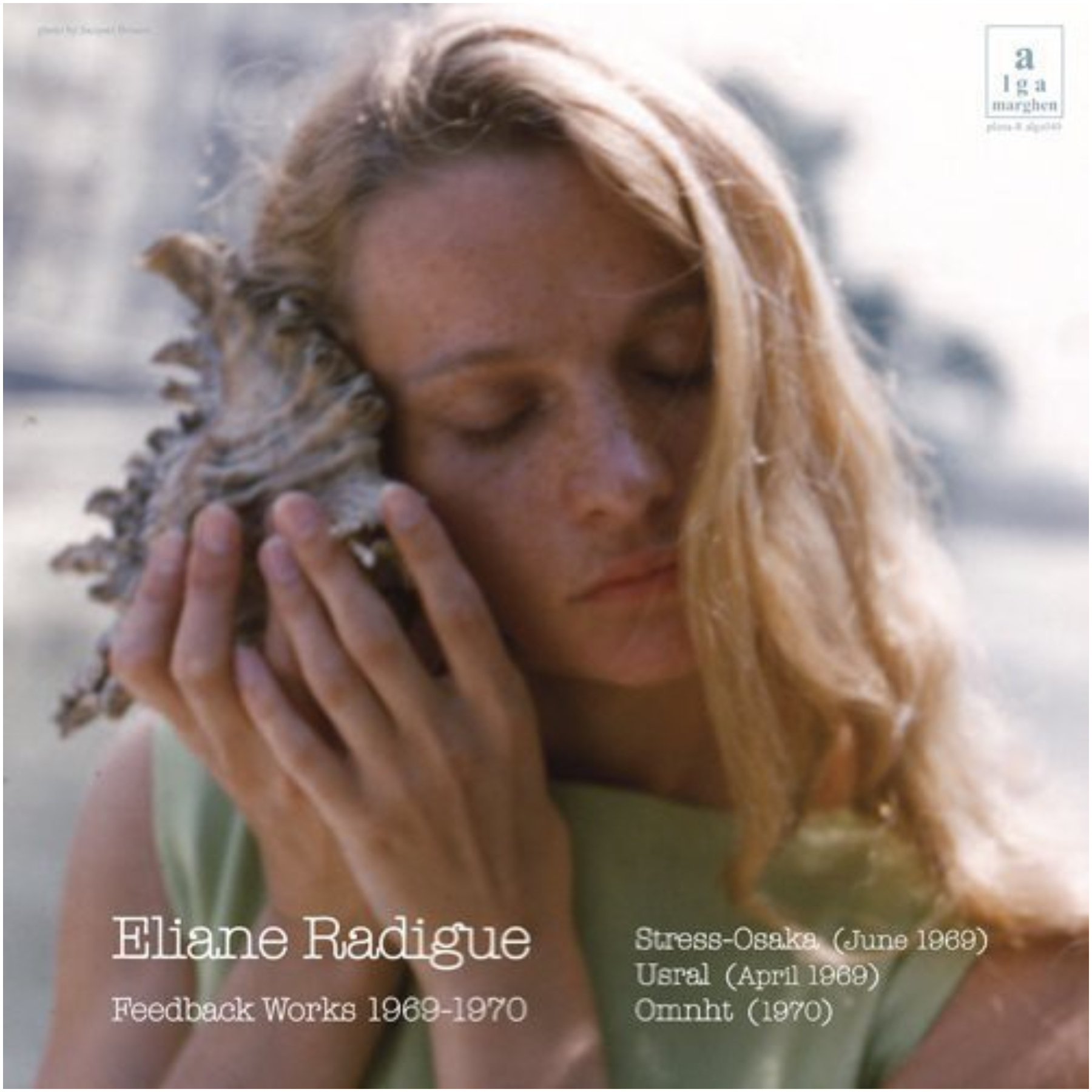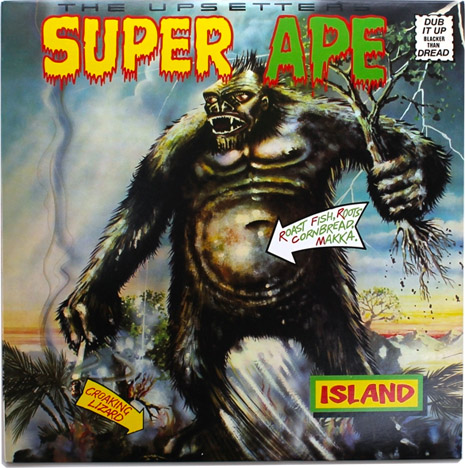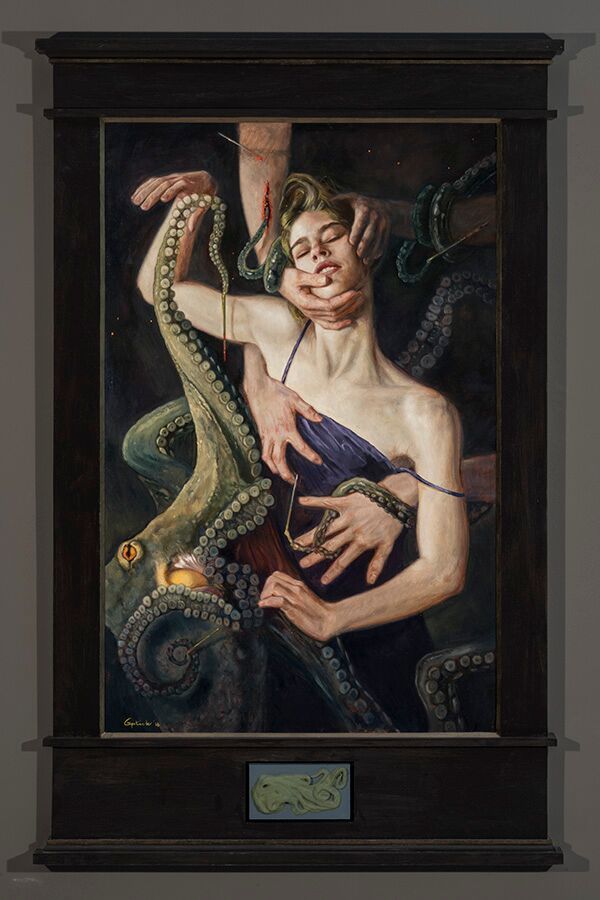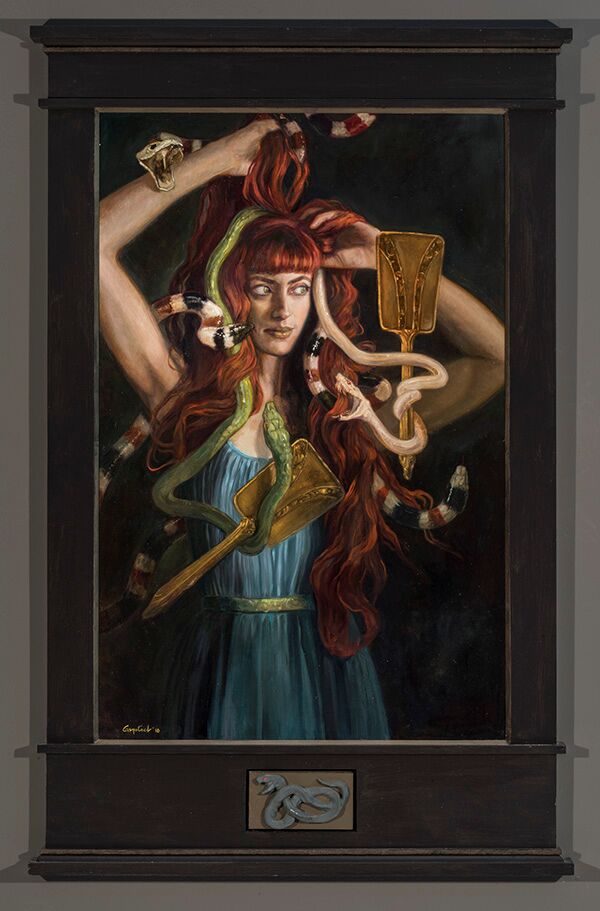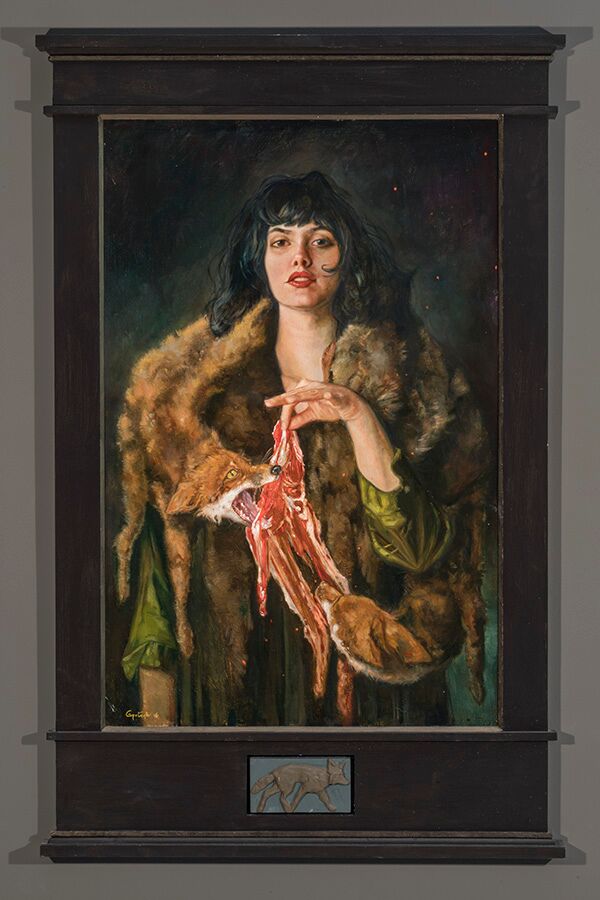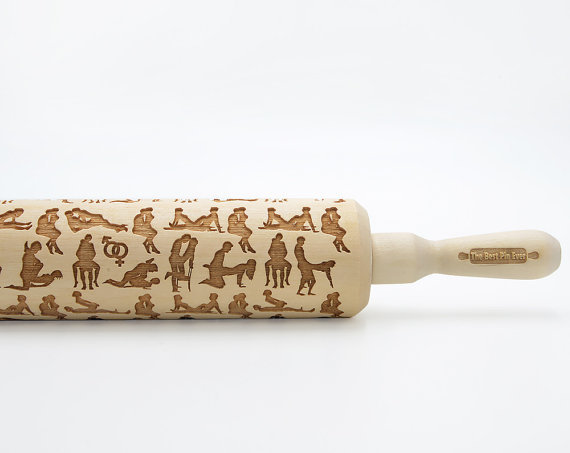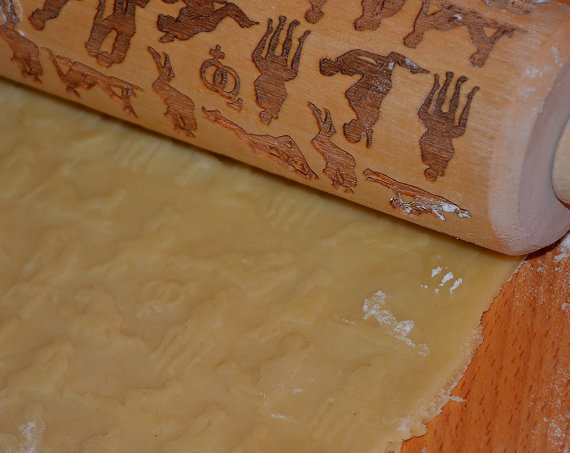
In the early 1990s, there were a lot of people who were buzzed by thinking (and talking ad nauseam) about Chaos theory and the odd possibility that the fluttering of a butterfly’s wings in Brazil could cause a tornado somewhere in Texas. Where exactly? No one was quite sure. But it all seemed utterly feasible until, that is, one considered the devastating effects of unguarded flatulence on the planet. What lethal twisters could a fart from Tullibody unleash upon Bridlington or even Land’s End?
Though it’s fair to say from small actions strange consequences can occur. For example, when Nirvana released their “ground-breaking,” “seminal,” “high-octane,” and “essential listening” album Nevermind to near global acclaim in 1991, I’d hazard a guess, Kurt Cobain and co. didn’t think they’d find themselves served with a lawsuit over infringement of the name “Nirvana.” But they did.
As it turned out, Nirvana was, in fact, the name of a “psychedelic rock pioneering” duo who had moderate success in the late 1960s with four albums and a few singles before splitting-up in the early seventies and then reforming in 1985.
This Nirvana consisted of Irish musician Patrick Campbell-Lyons and Greek multi-instrumentalist Alex Spyropoulos. The pair met in London’s La Giaconda coffee bar in 1965 (a young David Bowie also frequented the place). They hit it off big time and became almost inseparable over the next few years—spending their time together continuously writing songs, performing, and digging the groovy scene of the capital’s swinging sixties nightlife.
Campbell-Lyons and Spyropoulos became Nirvana. They were the core around which other sessions musicians did orbit. They signed to Chris Blackwell’s Island Records who released the band’s science-fiction concept album The Story of Simon Simopath in 1967.
The band at this point was supplemented by Ray Singer (guitar), Michael Coe (French horn and viola), Brian Henderson (bass), Peter Kester, David Preston, and Patrick Shanahan (drums), and Sylvia A. Schuster (cello).
A music press review at the time gave this album four stars and described the LP as “delightful,“tuneful,” “competent,” and “good listening.” While another review asked the prescient question “Nirvana is a rather nice name don’t you think?”

Nirvana—early album reviews 1967-68.
A second album, The Existence of Chance Is Everything and Nothing While the Greatest Achievement Is the Living of Life, and so Say ALL OF US (or simply All of Us) was released the following year. The problem of recreating the album sound in concert meant Campbell-Lyons and Spyropoulos had to call in extra musicians to play live.
All of Us spawned Nirvana’s biggest hit single “Rainbow Chaser” (#1 in Denmark, #34 in UK)—most recently sampled by teen hip-hop duo Rizzle Kicks for their song “Dreamers” in 2012.
After the success of “Rainbow Chaser,” Nirvana were invited to collaborate in a performance with Salvidor Dali on a French television show, Improvisation On A Sunday Afternoon. Campbell-Lyons described what happened in an interview with journalist and writer Francis Wheen for the Observer newspaper in July 1994:
[Nirvana’s] brief was ‘to look and sound as psychedelic as possible’ which, with the aid of a few drugs, they managed with ease. Campbell-Lyons takes up the narrative:
‘We were one of four bands, each in a corner of the room, who were to perform pop, jazz, experimental and North African traditional music all through the show. The cream of Parisian society, artists, models, dancers and writers were used as ‘floaters’ to just wander around the room. On the walls hung gigantic prints of Mao, the late President JFK, Marilyn Monroe and Picasso, and a large wooden cross with Christ wearing a velvet robe. There was also an antique oak table, on which they placed a selection of the most expensive chocolates in beautiful gold boxes, and at the opposite end of the room was a sculpture, in bronze, of a picador. At its base were about 40 glass jars of paint and an assortment of brushes.’
When the show began, at 2pm, there was no sign of Dali. About 20 minutes later, as panic was beginning to set in, he made his entrance – ‘with two beautiful Bengalese tigers on a dual lead and, on each arm, ravishing twin blonde girls of about 18 years of age’. The great man was dressed in a bright red velvet suit, set off with dark red leather riding boots.
For the next two hours, while Nirvana and the other musicians worked through their repertoires, Dali hurled paint round the studio with surrealist abandon. By the end of the broadcast, everyone’s clothes and musical instruments were liberally spattered.
‘That afternoon,’ Campbell-Lyons concludes, ‘was, and still is, the high point of my performing days.’
His record company, Island, was rather less delighted: it wrote to the French TV company demanding damages and costs for cleaning the black paint off Nirvana’s cello.
After such a climax, anything else was bound to be a bit of a comedown.
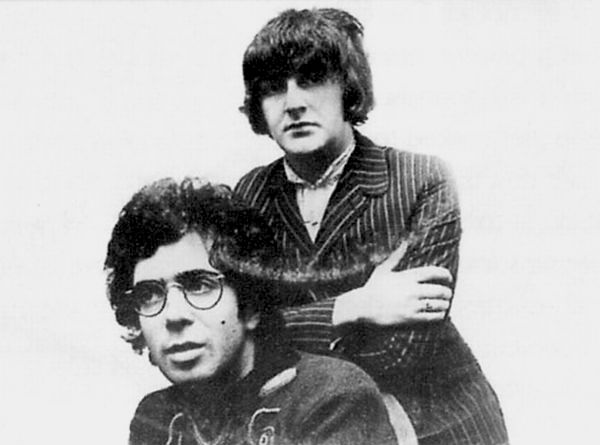
Nirvana.
Though Nirvana had deservedly won some success, unfortunately poor sales saw their deal with Island canceled and their third album To Markos III (which featured the song “Black Flower”) released on Pye Records in 1970.
Two further albums followed Local Anaesthetic (1972) and Songs Of Love And Praise (1973) before Spyropoulos quit the band and Campbell-Lyons continued on his own releasing Me And My Friend (1974). But that wasn’t the end of Nirvana. Campbell-Lyons and Spyropoulos got back together in 1985, writing songs and touring.
When another Nirvana emerged from Seattle, Campbell-Lyons and Spyropoulos were “none too pleased when they discovered the existence of Kurt Cobain’s band.”
As Francis Wheen described it in his interview with Campbell-Lyons:
[A] solicitor to the Musicians’ Union despatched a polite letter of protest on their behalf, but to no effect. Deciding that stronger firepower was needed, Campbell-Lyons flew to Los Angeles and hired a West Coast lawyer with the glorious name of Debbi Drooz to fling writs at Cobain and his record company.
After seven months of traipsing through Californian courts, the case was settled. He isn’t allowed to disclose the terms of the deal, but according to other sources Campbell-Lyons and Spyropoulos were paid $100,000 (minus Drooz’s 30 per cent fee).
Cobain also gave an undertaking not to trespass on their territory by dabbling in psychedelic rock. Not that this was likely to happen anyway.
The chorus of a typical Campbell-Lyons ditty runs thus: ‘He wants to be in love, he wants to be a butterfly/And he is flying high like the birds into the sky . . .’ It’s hard to imagine Kurt Cobain – whose songs have such titles as Rape Me and Gallons Of Rubbing Alcohol Flow Through The Strip – wanting to ape that.
Though still peeved at having to share his group’s name – ‘Nirvana means something beautiful, but Cobain was making music out of the sadness and badness of his life’ – Campbell-Lyons has no particular animus against the Seattle band. ‘When I saw Cobain playing an acoustic guitar on MTV I thought he was brilliant. He had lovely chord shapes.
‘In fact,’ he adds, ‘we recorded one of their songs recently – Lithium. With a string quartet.’
After the out of court settlement, the original Nirvana considered recording an album of Nirvana (UK) singing songs by Nirvana (US). Cobain’s tragic suicide put paid to that idea.
See and hear more psychedelic delights from Nirvana, after the jump…









